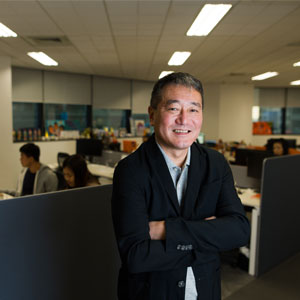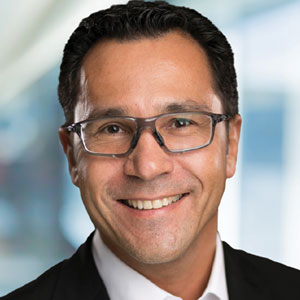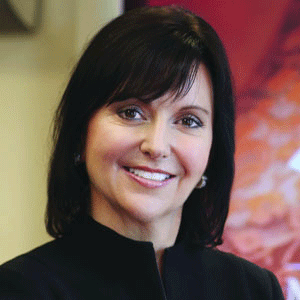THANK YOU FOR SUBSCRIBING
Editor's Pick (1 - 4 of 8)

How Travel Marketers Can Capitalize on Social Media in 2020
Max Ueno, Vice President, APAC, Sojern


Max Ueno, Vice President, APAC, Sojern
To be successful in the Asia-Pacific region, travel marketers must know their audiences and be precise with targeting. Casting too wide of a net will result in diluted, ineffective social ads.
Recognize that consumers - and platforms - are changing
If there is ever anything certain about travel marketing it’s that customer preferences are always changing. According to Deloitte, hospitality trips to hotels, travel and entertainment destinations rose eight percent last year. But it’s not just preferences that change; it’s platforms, opportunities and how people consume information. Just five years ago, Facebook was popular among teens, but many are now foregoing Facebook for Instagram. Influencer marketing is exploding, allowing brands to collaborate with trendsetters in new and exciting ways. Every day, more than a billion stories are shared across Instagram, Facebook, Messenger and WhatsApp, further perpetuating the viral nature of social media. Thanks to enchanting images, videos and brand collaborations for influencers, travel marketers have more tools than ever to reach their target markets.
Test the variables
Testing is a critical part of any successful social campaign because isolating and changing even the smallest of factors can net big results. For example, in the Asia-Pacific region, a call-to-action of “Start Planning” has an 88 percent higher conversion rate when compared to “Book Now.” Before deploying social campaigns, it’s important to have a thorough testing strategy in place. Otherwise, marketers risk completing a series of tests that offer disjointed, or even contradictory, results. After developing a plan, it’s critical to continually test all aspects of campaigns. And this means everything. From the number of images to copy to text placement, every detail is important, and travel marketers must work to continually isolate which variables net a response - and which ones turn consumers off.
Optimize with AI
Running and testing social campaigns across platforms can be daunting. The number of variables for A/B testing are nearly infinite, and testing everything from creative execution to targeting setups and other optimizations it gets complex very fast. Testing and manually optimizing campaigns isn’t feasible and prevents marketers from getting the most out of their budgets. With the help of artificial intelligence and machine learning, marketers can create tests while relying on new solutions to run those tests and automatically optimize the performance of Facebook campaigns. With these tools monitoring campaigns and insights, marketers can make data-driven decisions without the time investment.
With social media, travel marketers have the power to engage with the Asia-Pacific market like ever before. By tailoring and testing campaigns across platforms, in the coming year, travel marketers can boost their social media ROI by telling the right stories that drive consumers to book more travel than ever before.
Weekly Brief
I agree We use cookies on this website to enhance your user experience. By clicking any link on this page you are giving your consent for us to set cookies. More info
Read Also













